Affiliate links on Android Authority may earn us a commission. Learn more.
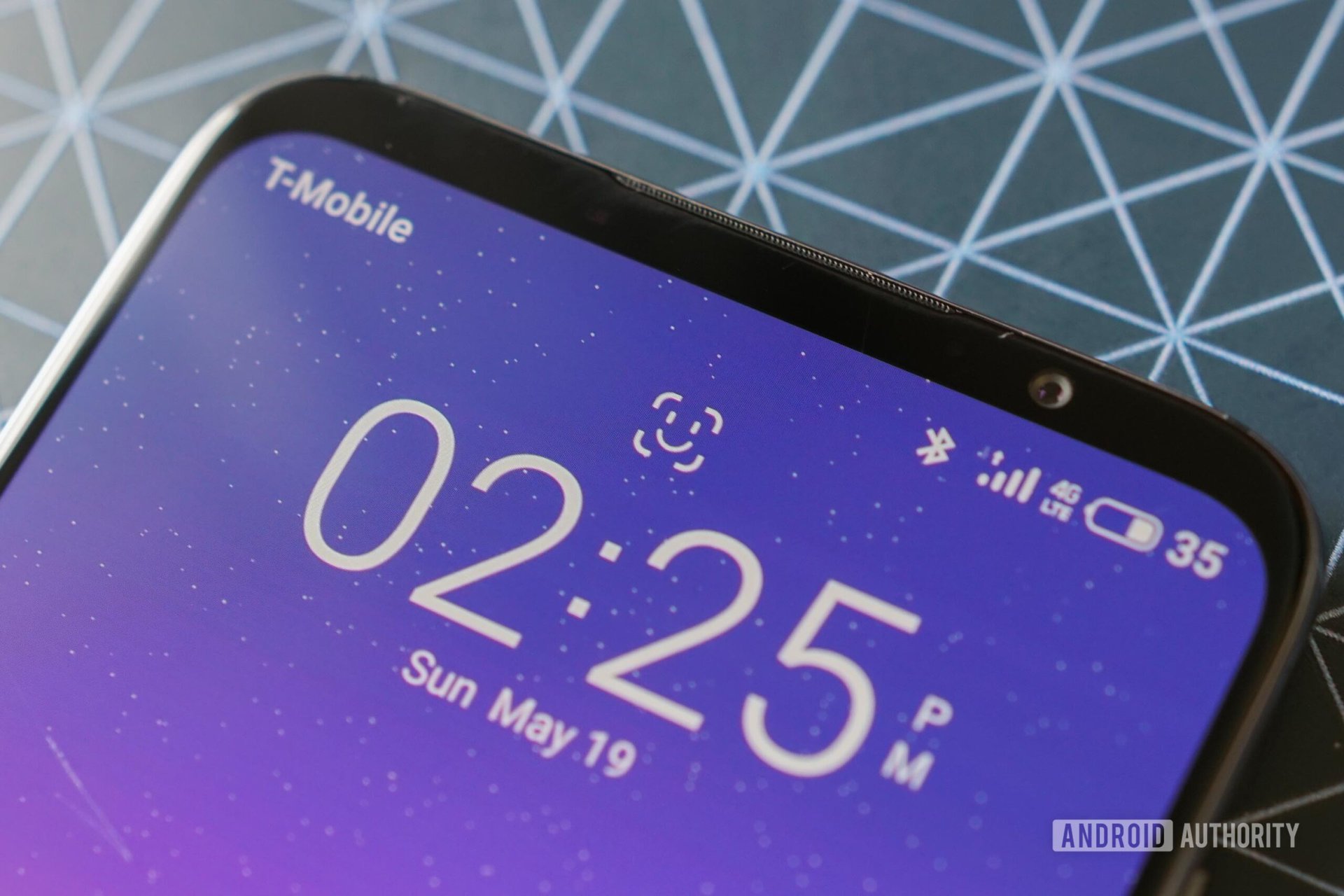
Meizu 16s review: Intriguing hardware, frustrating software
Published onMay 25, 2019
Meizu 16s
What we like
What we don't like
Meizu 16s
For a small Chinese smartphone manufacturer, Meizu certainly enjoys grabbing headlines. Earlier this year, for example, it announced the Meizu Zero, the “world’s first hole-less smartphone” — a device it later dismissed as a marketing stunt.
The Meizu 16s is no marketing ploy. Instead, Meizu refined its practical Meizu 16th for 2019. What has Meizu improved, and, more importantly, is the 16s a phone you might actually want to buy?
Find out in Android Authority’s Meizu 16s review.
Meizu 16s review: The big picture
The Meizu 16s is the company’s latest flagship smartphone. It offers some minor updates over its predecessor, the Meizu 16th. Though the Meizu 16s is intended primarily for the Chinese market, it will eventually be sold globally.
Since the Meizu 16s offers flagship specifications at a mid-range price, we consider it an “affordable flagship.” This segment has most recently seen phones like the Xiaomi Mi 9 and ASUS ZenFone 6. Let’s find out if the Meizu 16s can compete.
What’s in the box
- mCharge (24W) charging brick (European)
- White USB-A to USB-C cable
Meizu recently minimized the number of items included with its products. Rather than stuff lots of goodies in the box, Meizu started offering discounts to Chinese customers who buy the phone and accessories together. That’s why the 16s ships with just the 24W charging brick and USB cable. Headphones and other accessories must be purchased separately.
Design
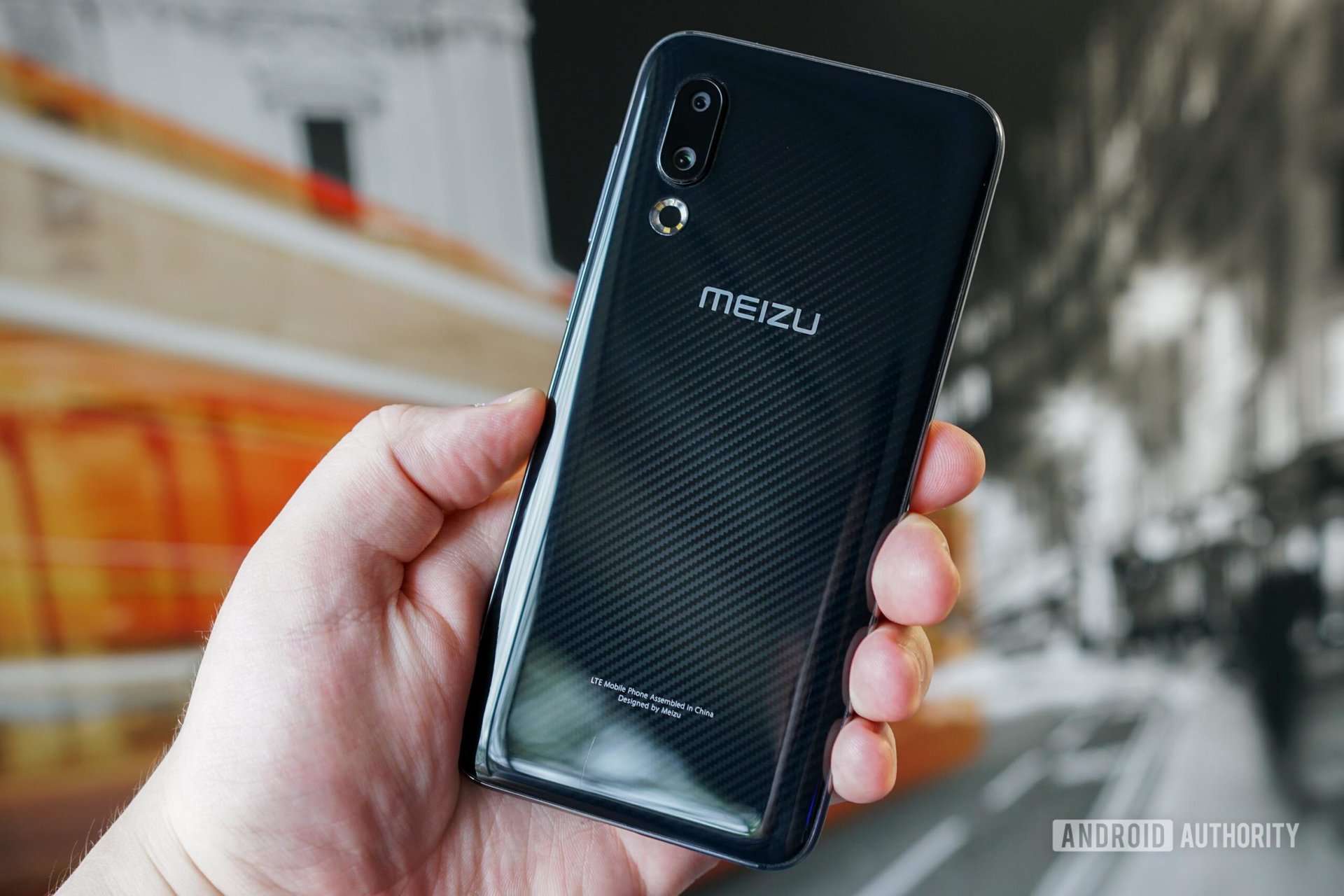
- 151.9 x 73.4 x 7.6mm
- 165g
- No notch/punch-hole camera
- Carbon Black, Phantom Blue, Pearl White
- In-display fingerprint reader
- No water or dust resistance rating
Meizu didn’t change much of the external design when you compare the 16th to the 16s. The company says it focused its efforts on tweaking the internal hardware. You’ll probably like the 16s’ design if you value thin and light smartphones with conservative looks. Overall, there’s nothing all that showy about the 16s’ exterior.
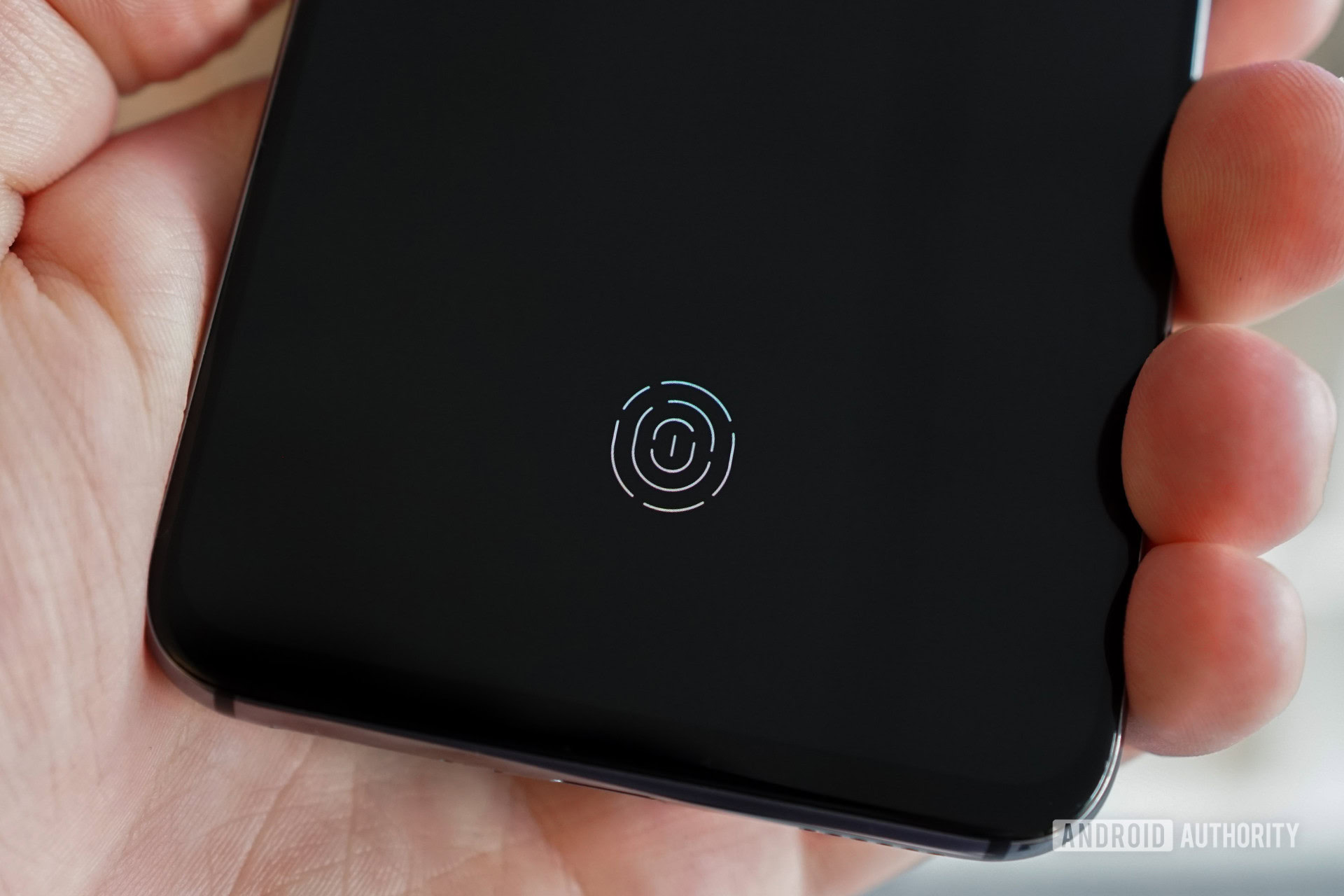
Perhaps the Meizu 16s’ best design attribute is its in-display fingerprint reader. Overall, this sensor works quite well; Meizu claims it’s twice as quick as the reader on the 16th thanks to some software enhancements. Additionally, I really like how the phone outlines the fingerprint reader area as your finger approaches it. This made it easy for me to acclimate to this new type of authentication.
Unfortunately, the in-display reader is optical, meaning that it shines light up through the display while reading. This is normally not an issue. However, the shine of light can be a bit annoying at night if you don’t fully cover the sensor area.
Overall, there’s nothing all that showy about the 16s’ exterior.

I also configured the Meizu 16s to use face recognition to unlock as a backup method. Quite frankly, I was amazed at how quickly the phone could verify my face, even with different facial expressions.
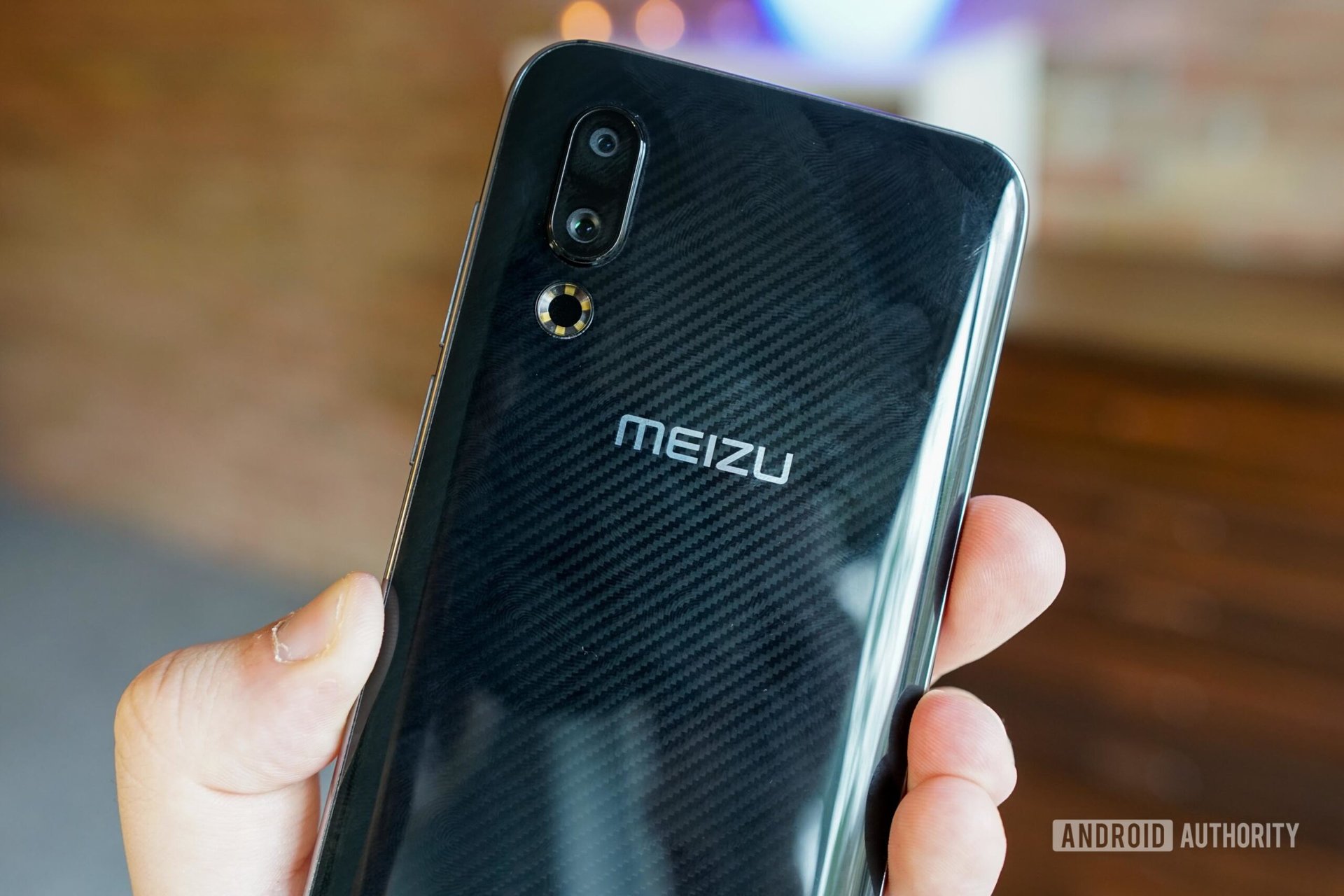
I was surprised to learn that the Meizu 16s does not support wireless charging, despite its all-glass design. That would’ve made it easier for me to reconcile with the fact that the 16s’ glass makes it unbelievably slippery.
For example, I often woke up to the phone being on the floor rather than my nightstand. Moreover, I couldn’t keep it in my pocket as it would just fall out whenever I sat down. I unintentionally performed probably a dozen or so “drop tests” when the phone just didn’t like the surface I set it on.
Display
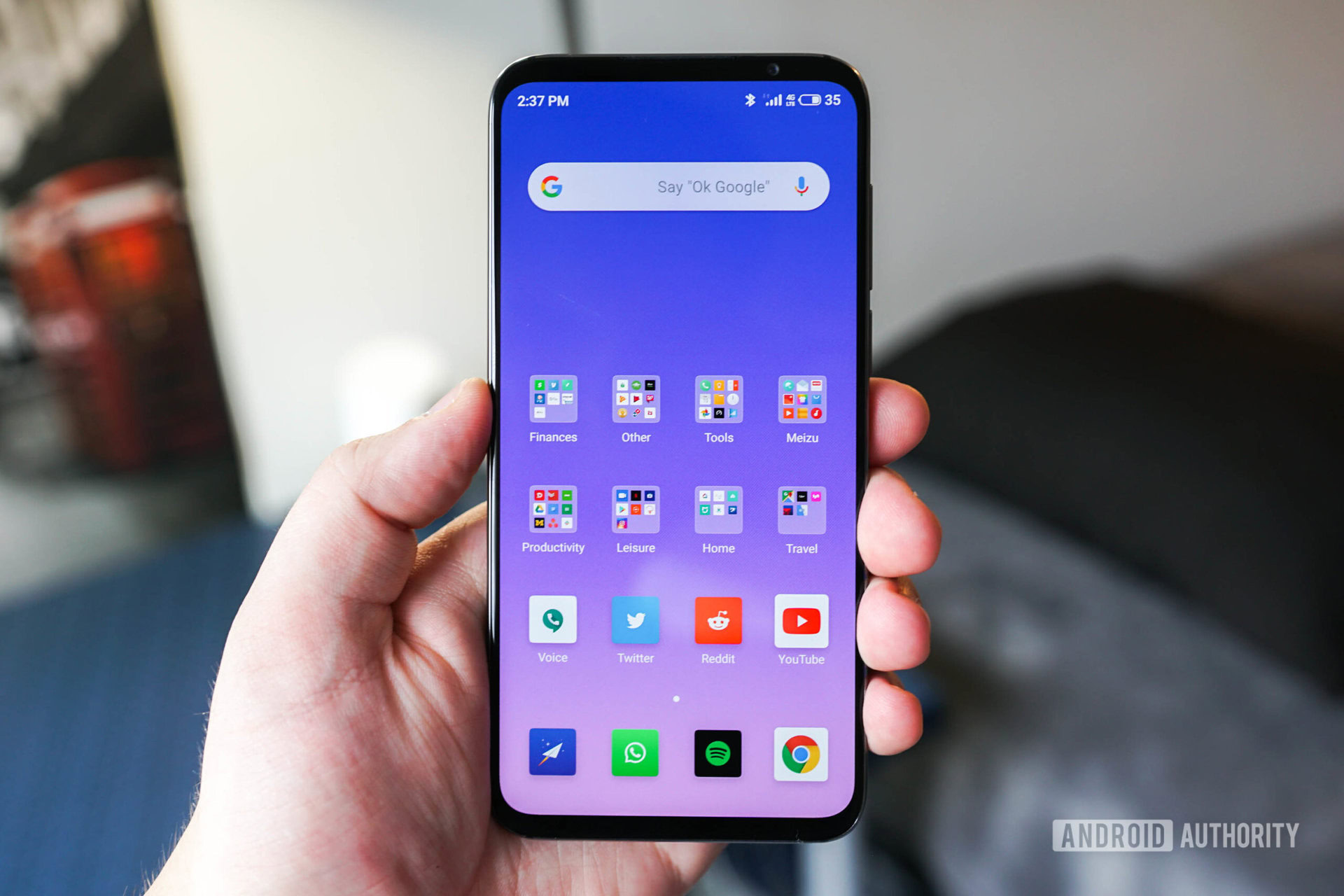
- 6.2-inches
- 2,232 x 1,080 Full HD+ resolution
- AMOLED panel
Perhaps what’s most noteworthy about the Meizu 16s is its full-screen display. With a screen-to-body ratio of 91.53 percent and beautifully curved corners, the Meizu 16s and it’s all-screen experience still manage to fit comfortably in the hand. Quite frankly: the impressively then bezel — without a notch or a pop-up mechanism — makes competing phones look a bit dated in comparison.
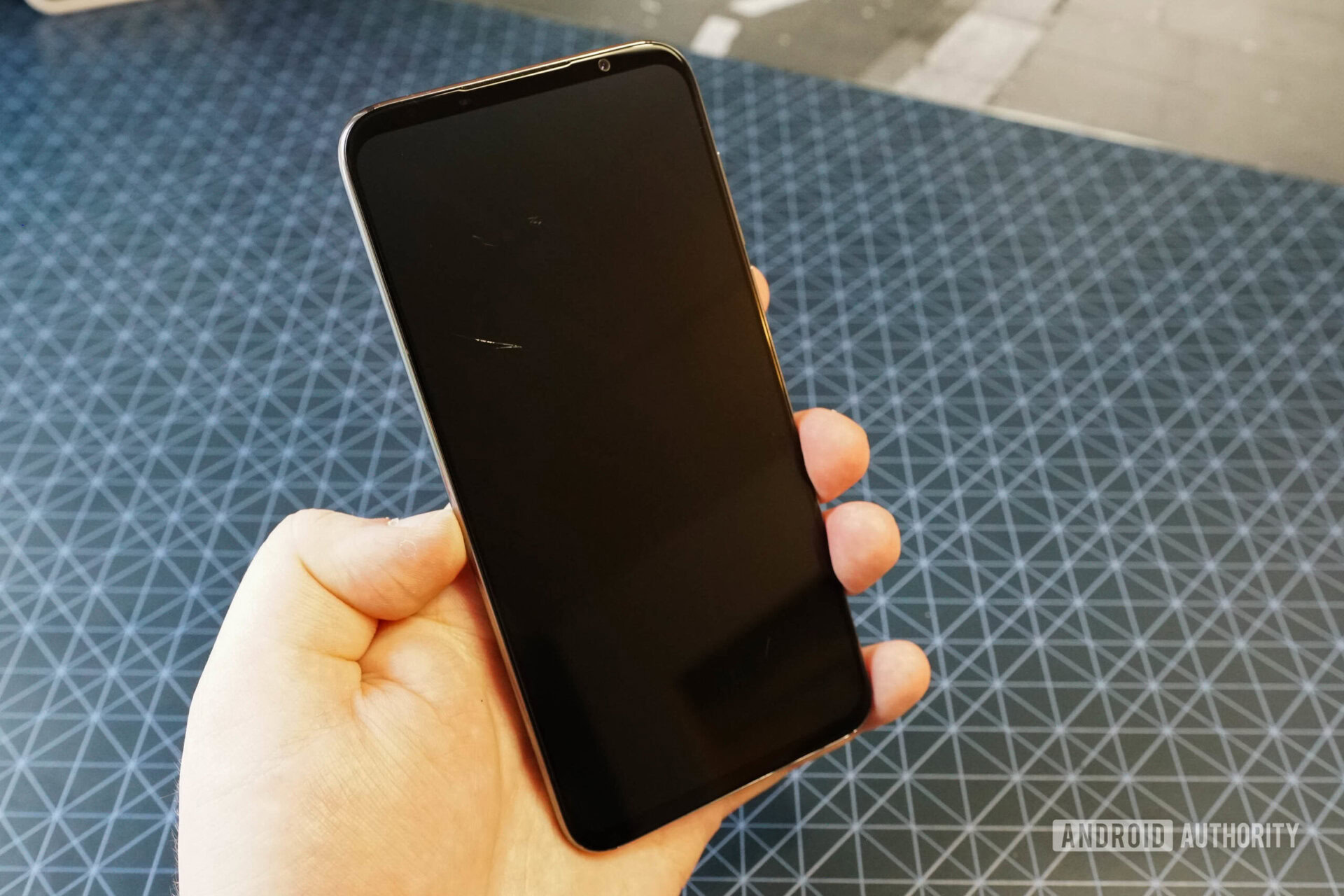
The display itself also looks great; it offers great sunlight readability and rich colors. In addition to a standard eye-friendly mode which can be enabled from sunset to sunrise, the 16s also supports multiple preset display modes: Adaptive, Standard, Photo, and Dynamic. You can also manually adjust the white balance in the settings.
With that said, the glass on the Meizu 16s scratched easier than I expected. Multiple, noticeable small scratches and one deep scratch on the front glass appeared within two weeks of use. There’s no official glass protector preinstalled, adding to my concerns about the long-term durability of the Meizu 16s.
Performance
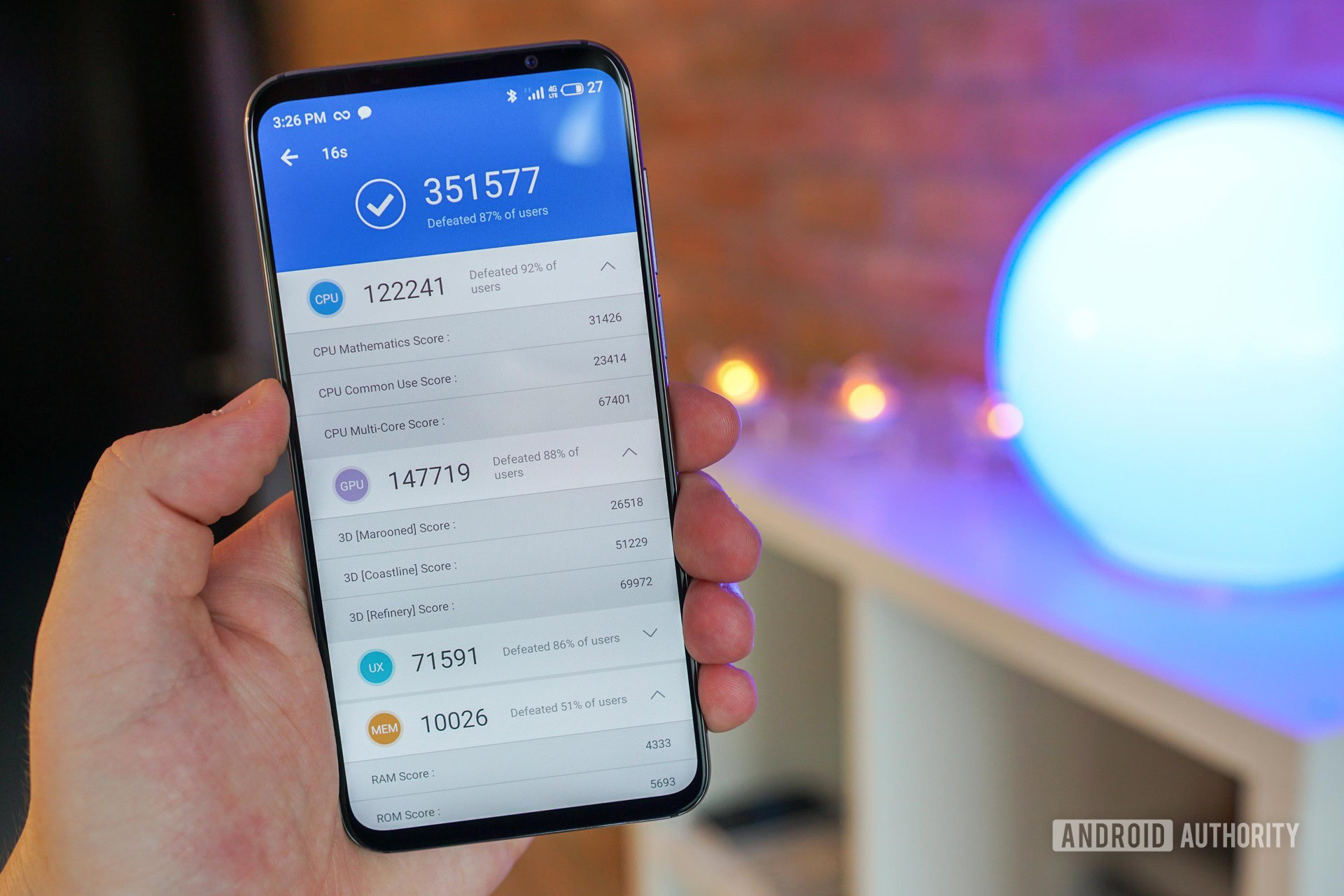
- Qualcomm Snapdragon 855
- OneMind 3.0 AI Engine
- 6GB or 8GB of LPDDR4X RAM
- 128GB or 256GB of UFS 2.1 Storage
- No support for expandable storage
- Limited support for global LTE networks
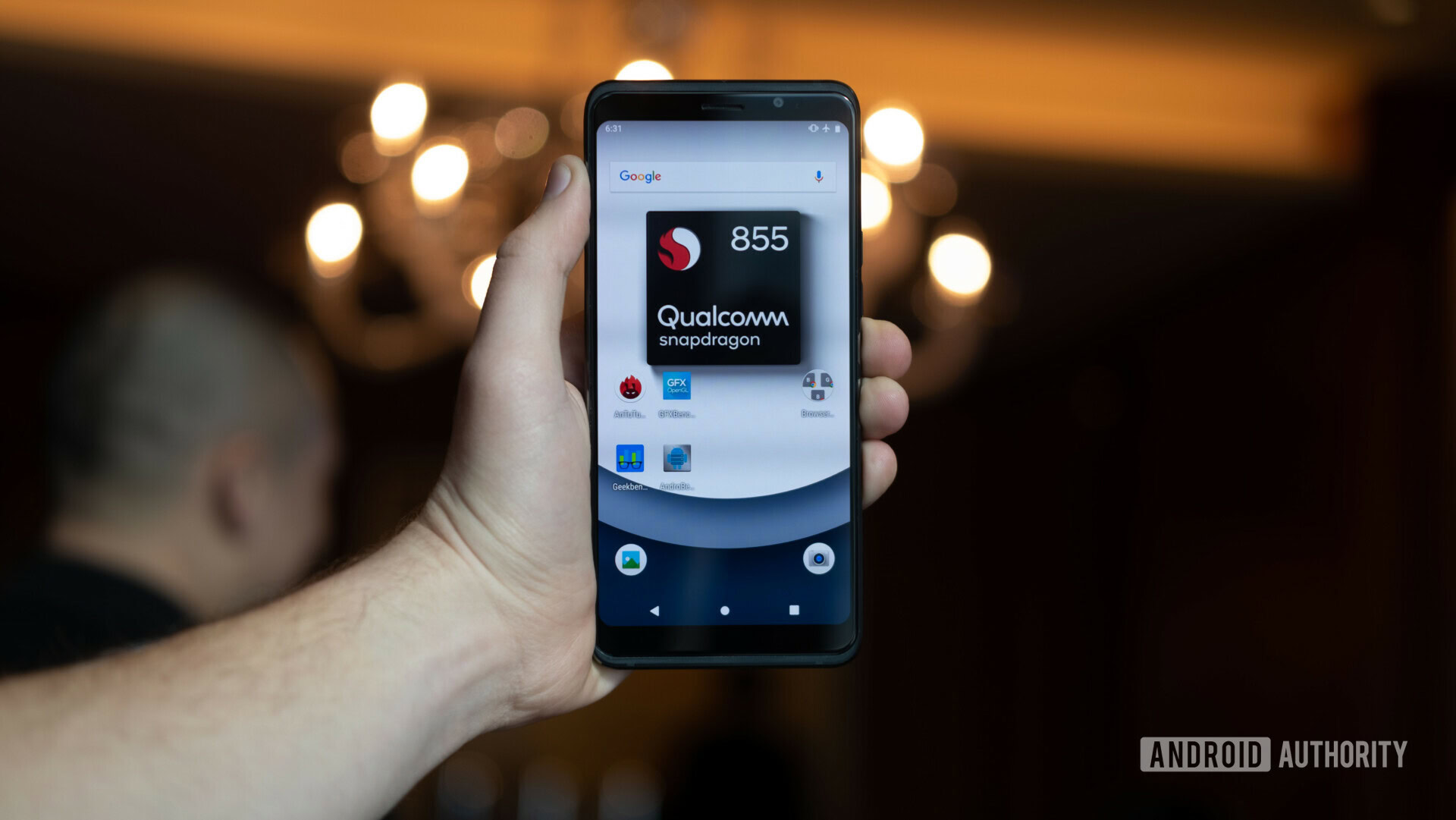
Meizu has emphasized its OneMind 3.0 AI Engine, which is a series of software optimizations. It’s very difficult to say to what extent these optimizations help with performance. However, I can say that the software launched apps very quickly and kept important ones open in the background without slowing down, even when I kept the phone locked for a while.
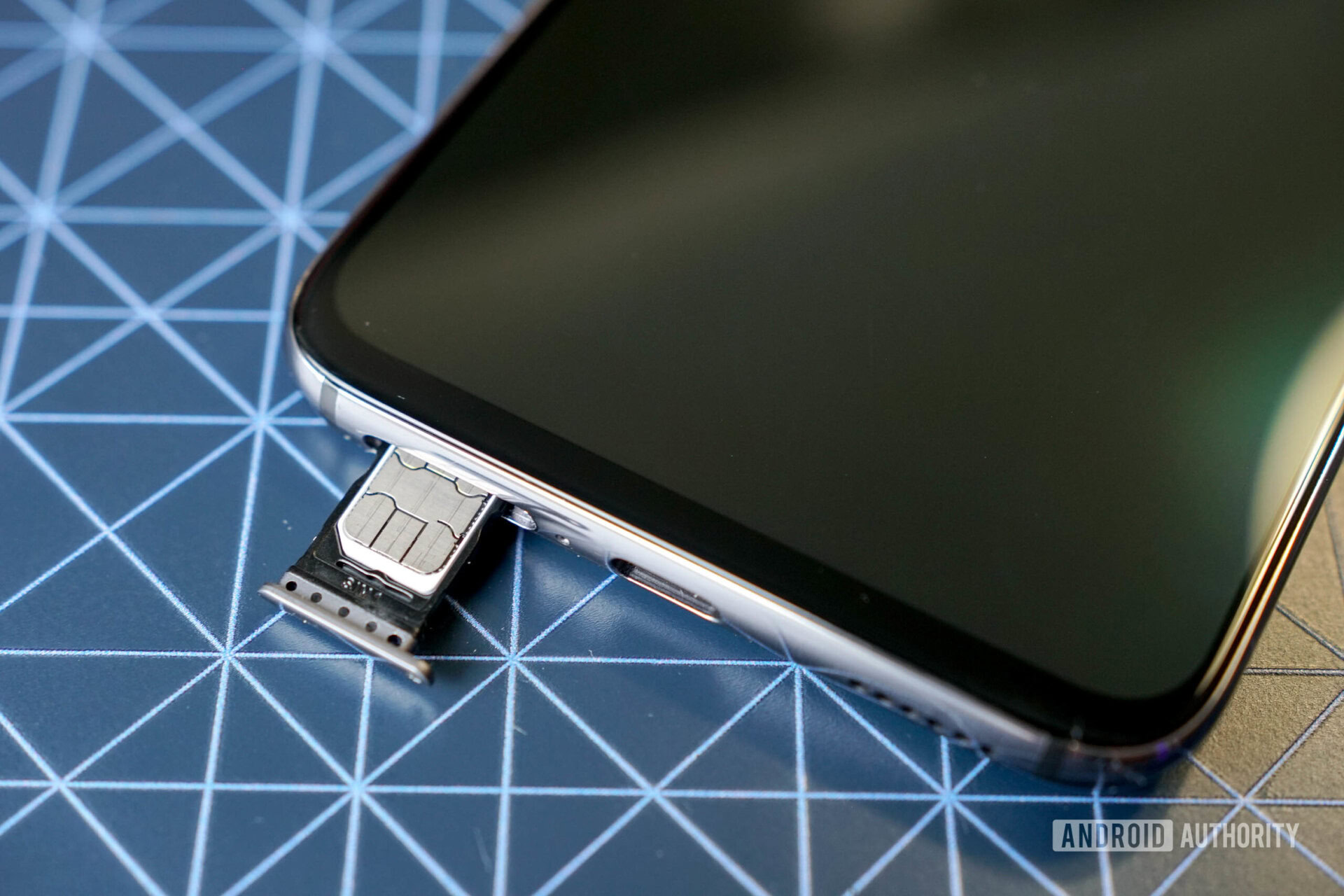
Like pretty much every other Chinese smartphone, the Meizu 16s supports dual-SIM cards. The global variant offers some interesting 4G LTE bands: 1, 2, 3, 4, 5, 7, 8, 20, and 40. These bands allow the phone to connect to some 4G LTE networks mostly in Europe.
On T-Mobile (U.S.), the phone frequently dropped down to 2G (EDGE) or lost service entirely.
If you want a phone to use in the United States, I cannot recommend the Meizu 16s, however. While it supports a few of the bands used by both AT&T and T-Mobile, it does not support band 12 (which is AT&T’s primary frequency and T-Mobile’s secondary “Extended Range” frequency) nor most other U.S. LTE bands. I was able to use the Meizu 16s with T-Mobile 4G LTE in urban settings. However, the phone frequently dropped down to 2G (EDGE) or lost service entirely.
Battery
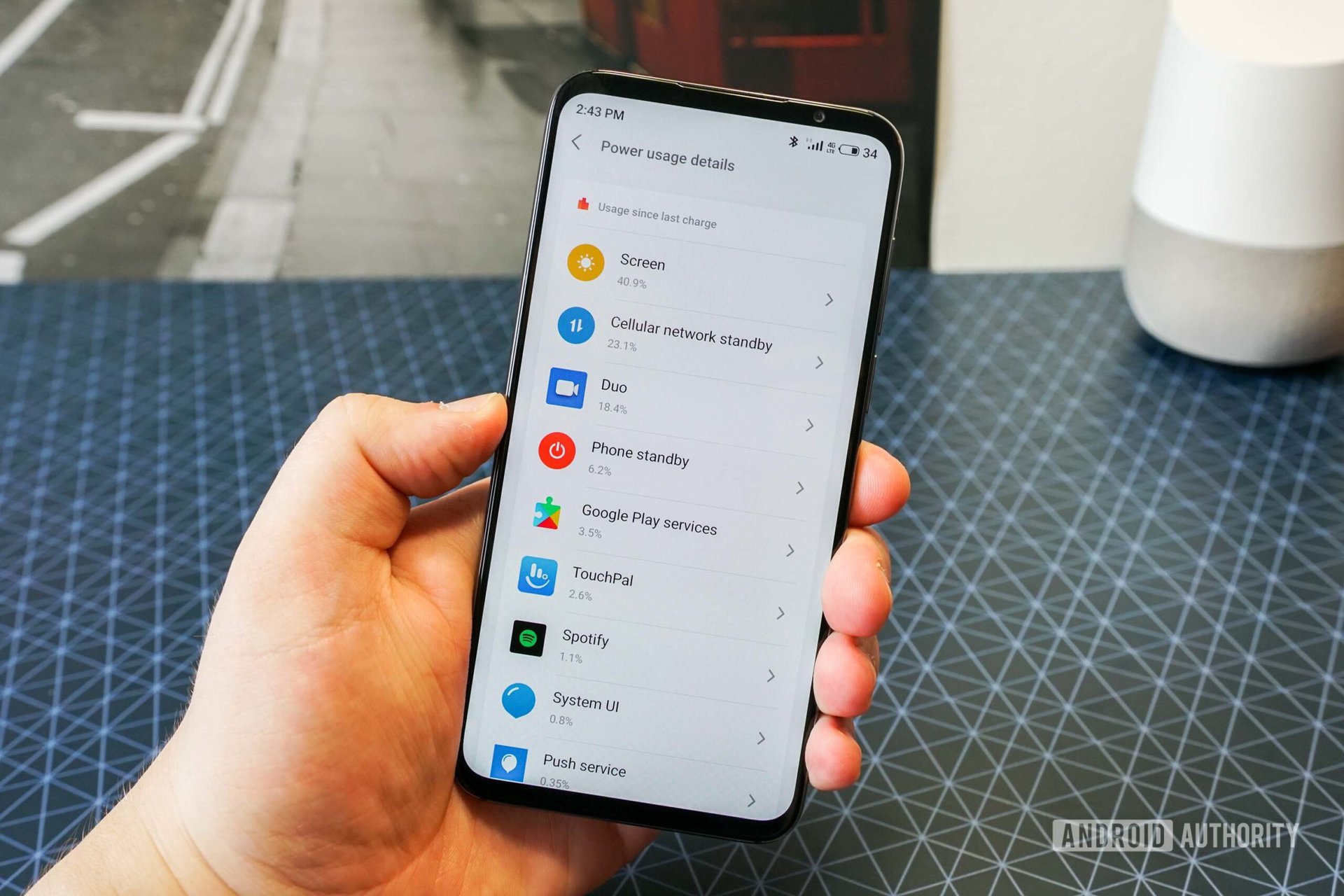
- 3,600mAh
- mCharge rapid charging(24-Watt, 12V/2A)
I was consistently able to use the Meizu 16s for a day and a half with moderate use on a single charge. With heavy use, I was still able to use the phone for a full day without any issues. The 16s runs about on par with competitors.
Annoyingly, this comes at a cost since the phone’s software is very aggressive with its per-app “smart background” feature. With only a few exceptions, if I wanted an app to send me notifications, I had to go in and manually disable this feature. This was a really frustrating process as I was expecting app notifications with the Meizu 16s to “just work” like most other Android smartphones.
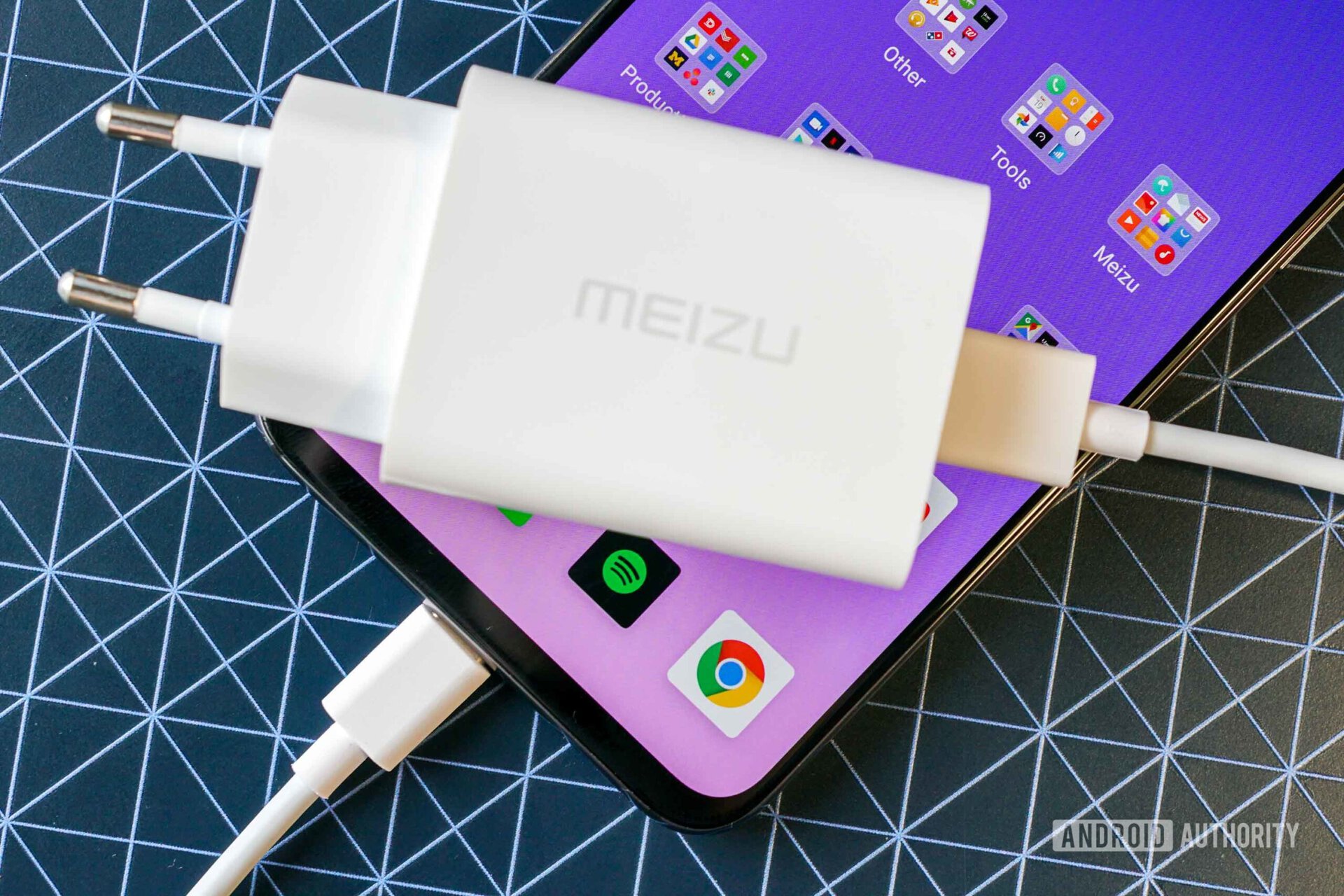
The Meizu 16s supports 24W mCharge, which will give you about a 40 percent charge in 30 minutes (~1,440 mAh). That might be enough when you’re in a small pinch, but I’m reluctant to call this charging rate “fast” as it’s not very competitive. For example, the HUAWEI P30 Pro can charge more than twice as fast–up to 70 percent in the same 30 minutes (~2,940 mAh).
Camera
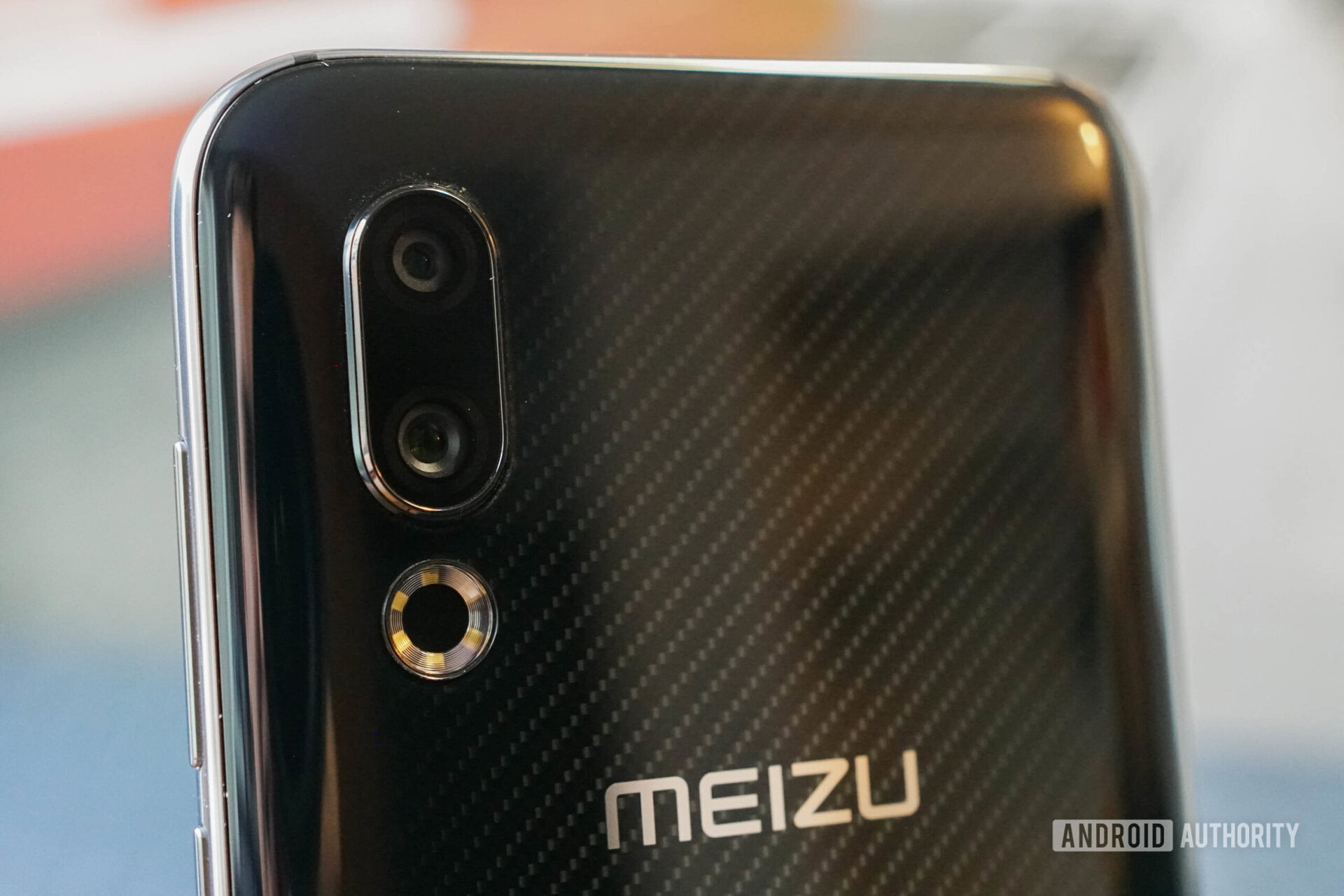
- Primary: 48MP Sony IMX586, f/1.7, OIS
- Secondary: 20MP Sony IMX350, f/2.6, enables “3x lossless zoom”
- Front Camera: 20MP Samsung 3T2, f/2.2
In good lighting, the cameras on the Meizu 16s produce great photos with a pleasant color profile. I feel like the camera does a great job at producing punchy yet accurate photos. There’s also some pretty good dynamic range. As expected, enabling automatic HDR helps things out.
With that said, this isn’t a perfect setup. I noticed, like most mid-range smartphones, that the 16s has trouble processing things like bright red colors, which were blown out. The built-in portrait mode also mistook the edges of subjects more than I would have liked. Finally, I noticed a few cases where the phone didn’t account for the scene’s color temperature as much as it should have. However, this didn’t happen very often and, when it did, it wasn’t a big deal.
I was only truly disappointed with the advertised 3x “lossless” zoom. When zooming in, I noticed that photos came out over-sharpened with dull colors. This was especially the case in low-light environments.
As for low-light in general, the 16s does a decent job; it’s able to maintain most colors, but struggles some with detail. It also sometimes introduced a noticeable amount of noise. However, the built-in SuperNight mode performs significantly better by combining up to 17 frames into a single image.
Compared to Google’s own Night Sight technology, SuperNight seems to perform better when there is a moderate amount of lighting available. I noticed the Meizu 16s’ SuperNight better recognized the value of certain highlights while still bumping up the shadows.
Meizu is the first manufacturer to use Samsung’s ISOCELL Slim 3T2 sensor for their front-facing camera. It’s great for the occasional selfie or group photo.
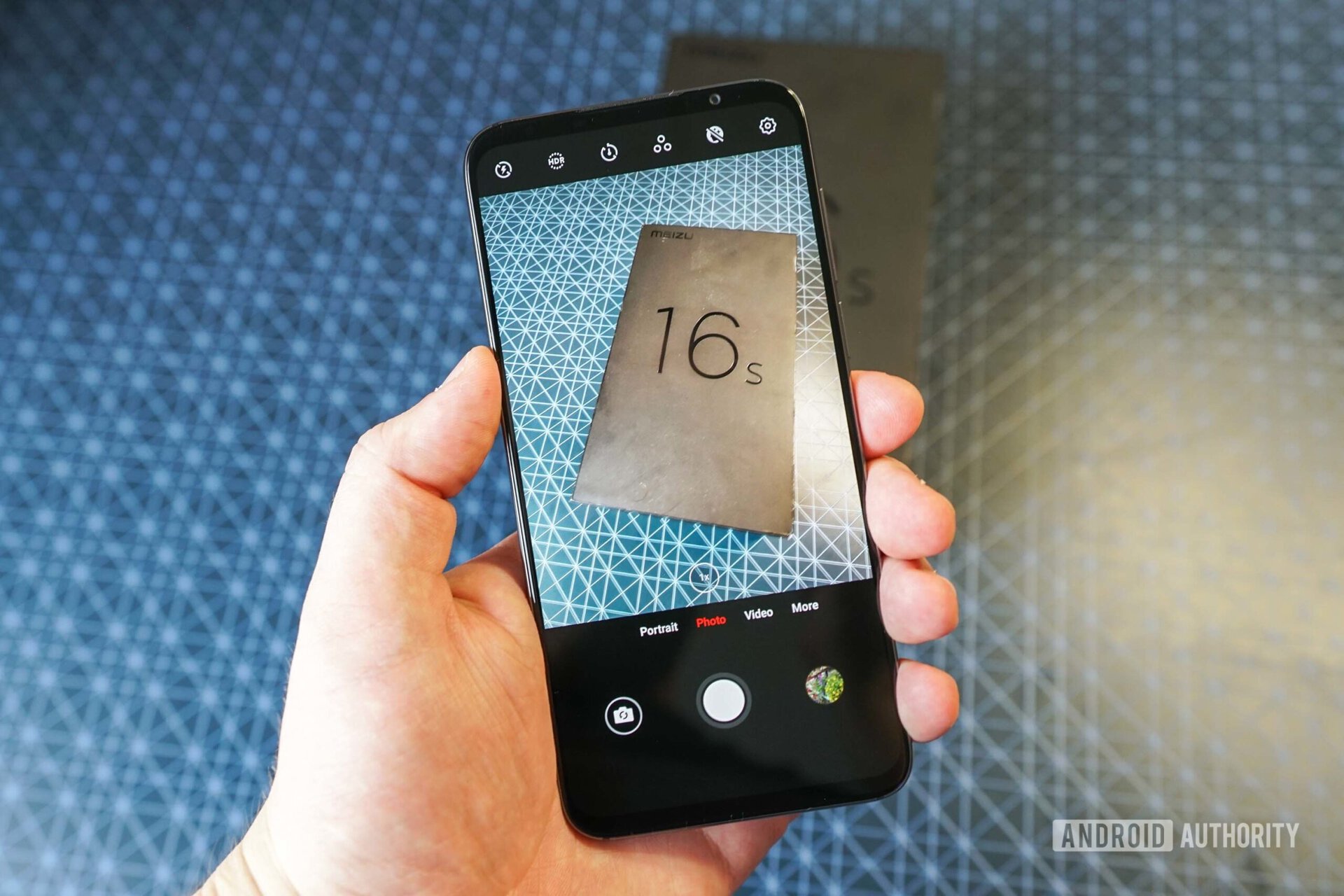
Meizu’s built-in camera app is simple and easy to use. There are a variety of additional modes available: panorama, scan (for QR codes), time-lapse, and slo-mo. I think it could be improved, however, by offering more feedback when photos are being taken or being processed. There were times when it became unresponsive as I tried to capture a second photo before the first had finished processing.
Software
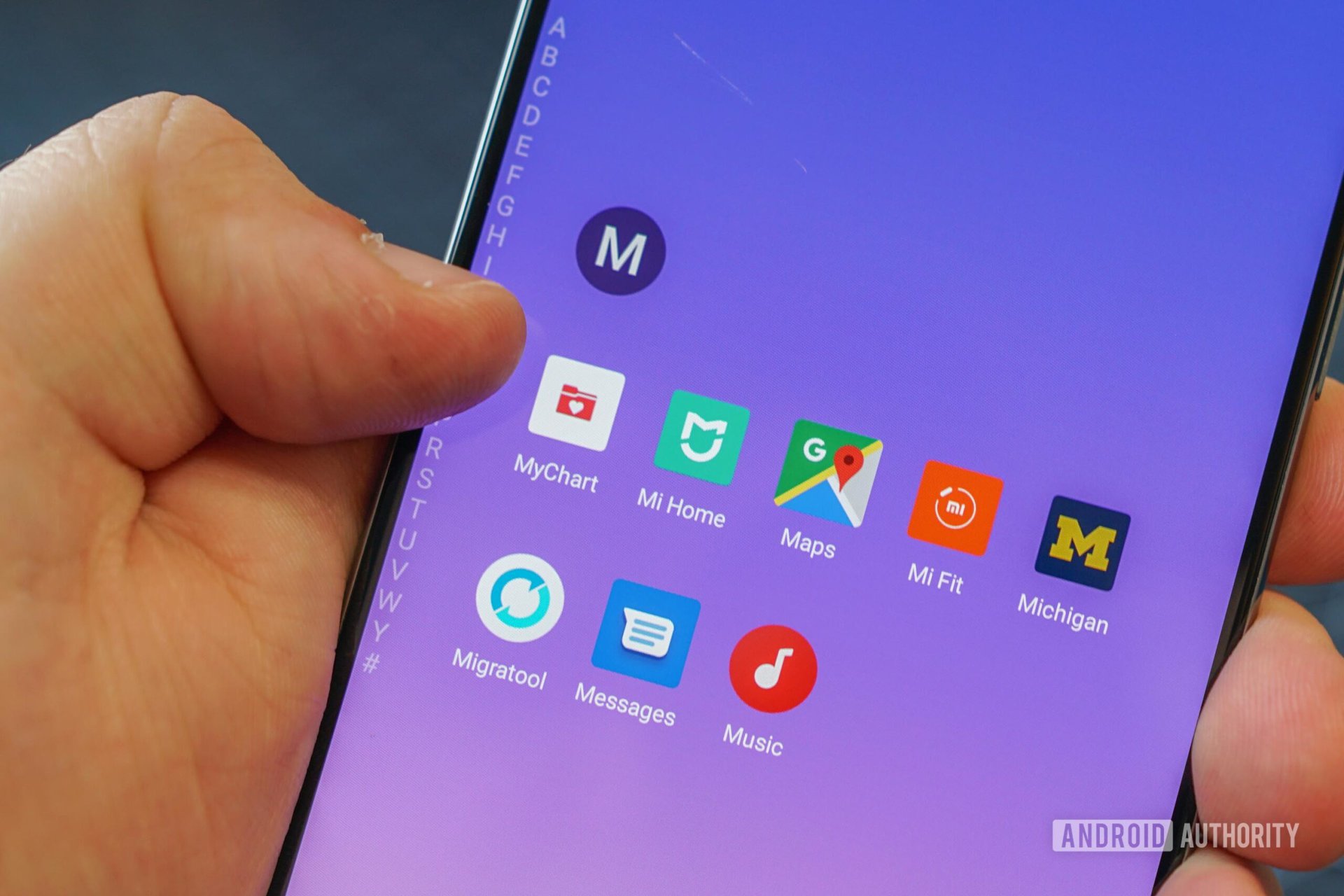
- Flyme 7.3
- Android 9 Pie
In the past, I’ve noted how much I appreciated Meizu’s custom Flyme user experience. Much of those same aesthetics can be found here on the Meizu 16s. In some cases, Meizu’s design makes Android easier to use by making common sense simplifications to the user interface. I do, however, think it’s about time for Meizu to change up the design a bit, as it’s barely changed since I reviewed the Meizu Pro 7 Plus nearly two years ago.
There are some genuinely nice software features included. One of my favorites is the quick app launcher, which pops out an alphabetical list of apps when you swipe on either side of the home screen. You can then just slide your finger and release over the app you’d like to launch.
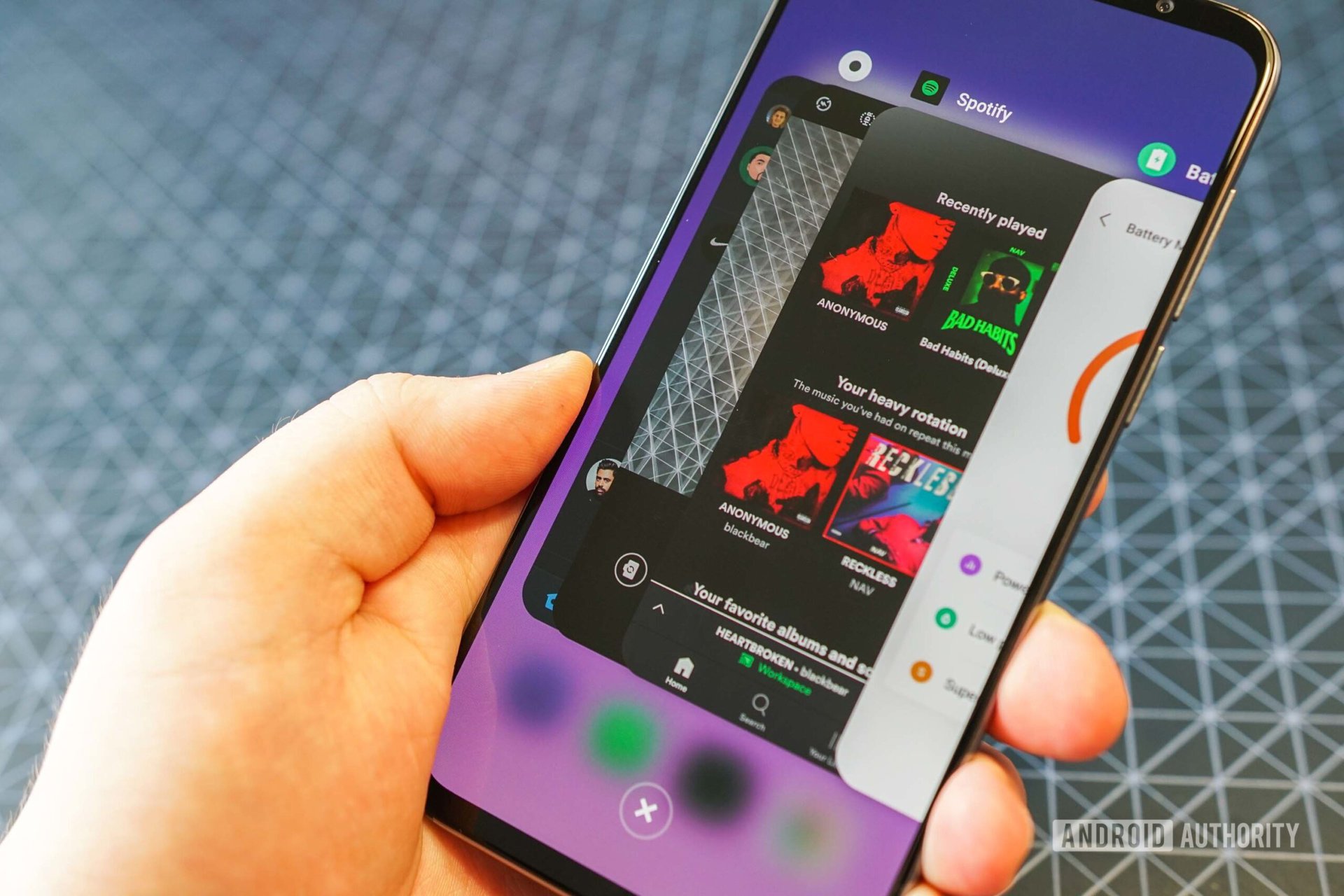
I also like the different navigation options, including one that allows you to use full-screen gestures. When using full-screen gestures, you can tell the phone to ignore side screen gestures, so that any swipes on the sides of the display will be interpreted only by the app in the foreground rather than the phone’s gesture system. This makes it so that there are no conflicts with any app drawers. Perhaps Google should consider copying this feature before releasing Android Q.
Meizu has recently faced criticism for being much more passive with global model updates than Chinese model updates
Speaking of future versions of Android, there’s a near zero percent chance of receiving updates from Meizu on the 16s. And while some may argue Meizu’s Flyme updates are good enough, I’m concerned that those updates will not reach global variants of the 16s. Meizu has faced criticism for being passive with global model updates when compared to Chinese model updates. Meizu has since apologized, but thus far has done little other than telling users to “stay tuned.” To make matters worse, there’s no hope for third-party support as the bootloader on the 16s cannot be unlocked.
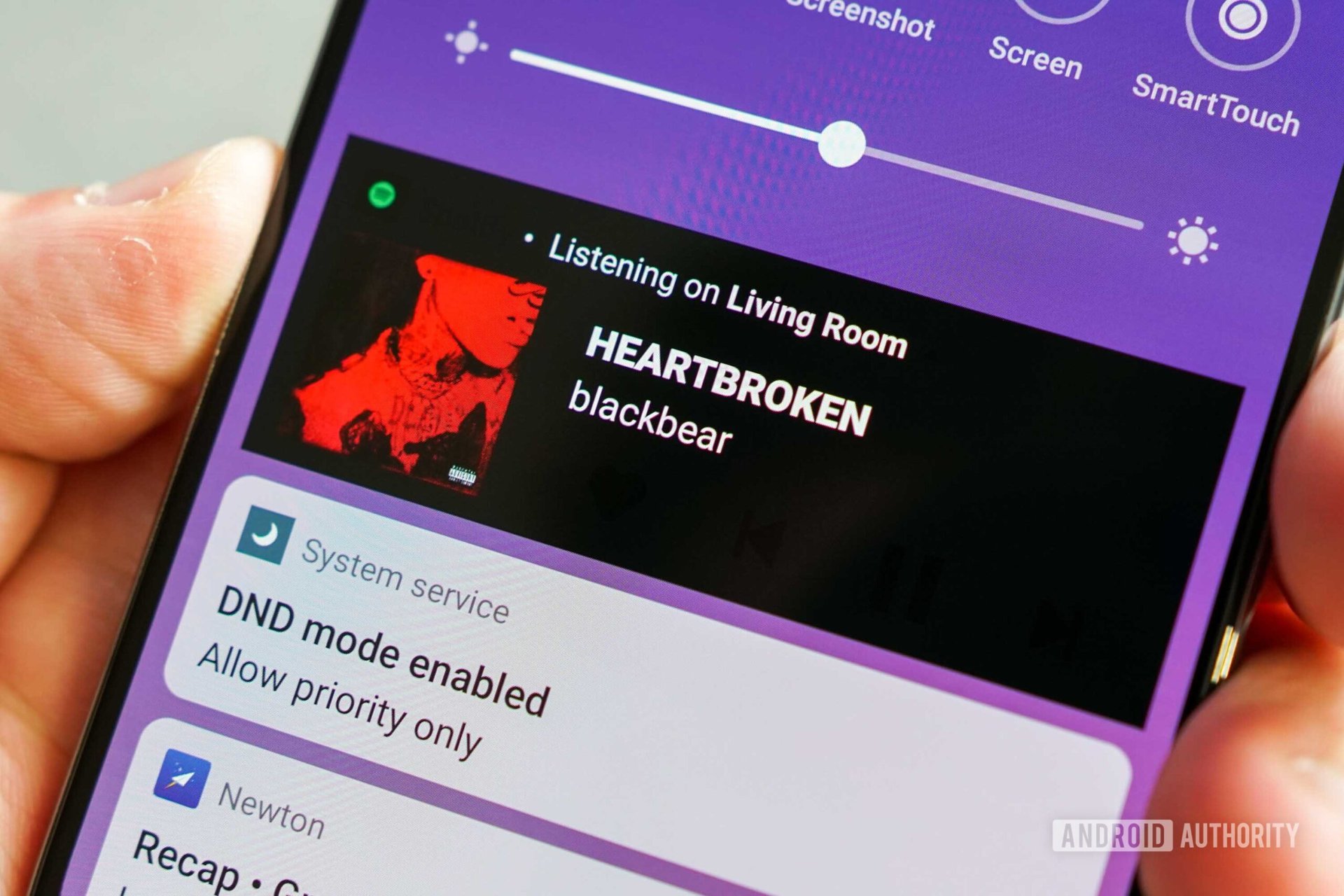
I find this situation particularly alarming considering how buggy the software is on the Meizu 16s: You can’t change the wallpaper; Google Cast often disconnects without warning; The default Android picture-in-picture controls are disabled; The notification shade doesn’t always display notifications with background colors correctly; and so on. Considering the slow pace of software updates from Meizu, these issues are troubling to encounter.
Until Meizu gets its act together, software will be the 16s' Achilles' heel
Until Meizu gets its act together, software will be the 16s’ Achilles heel. Although Meizu certainly isn’t the first Chinese smartphone manufacturer to deliver a poor global software experience, Meizu’s competitive pricing can no longer be used as an excuse thanks to improved support from other phone makers.
Audio
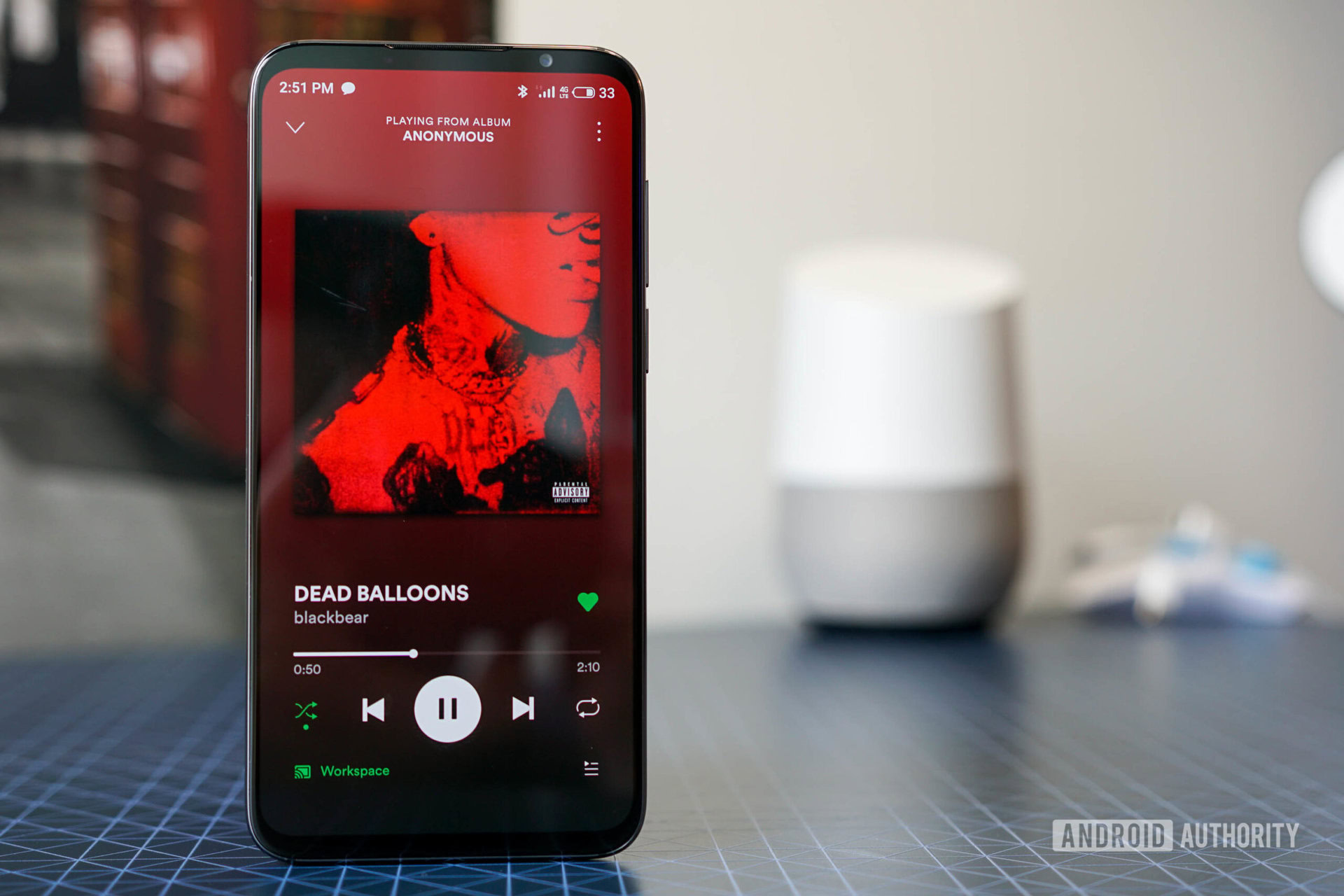
- No headphone jack
- Stereo speakers
- Bluetooth 5.0
The earpiece on the Meizu 16s is combined with the side-firing speaker for a stereo sound configuration. Meizu opted for this design in order to keep the bezels at an absolute minimum. The sound quality is somewhat lower, but I think it’s a fair trade-off given the huge screen-to-body ratio. In general, audio sounds pretty good albeit a bit flat.
Although the Meizu 16s also supports Bluetooth 5.0, the antenna seems a bit weak. In order to avoid frequent audio stutters with my Sony headphones, I had to use best effort audio, a setting which reduces the audio quality when the Bluetooth connection is weak. Overall, I don’t think this is a major concern, unless you need to use Bluetooth devices at long ranges.
The Meizu 16s does not include a 3.5mm headphone jack
Unfortunately, the Meizu 16s does not include a 3.5mm headphone jack. Worse, Meizu does not include a dongle in the box. However, it recently released a pretty decent Hi-Fi audio dongle for 169 yuan (~$25) alongside the Meizu 16s. It’s unclear if this dongle will be available outside of China.
Accessories
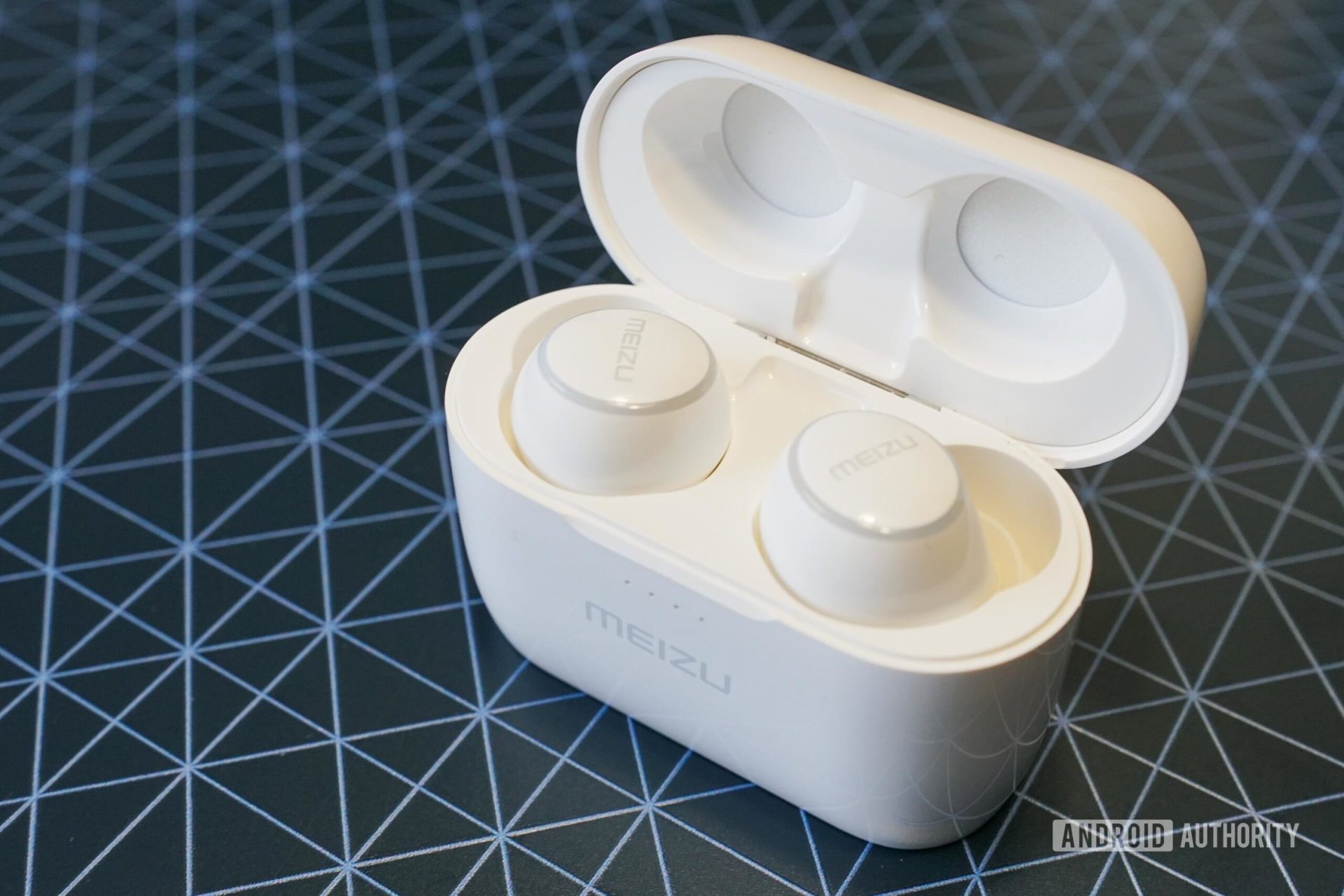
In addition to the Hi-Fi audio dongle, Meizu also launched its POP 2 earbuds and EP63 Noise Canceling headphones.
The POP 2 earbuds are intended to replace the existing POP earbuds. They’re quite affordable at 399 yuan (~$58) and are IPX5 certified so you shouldn’t have any issues wearing them in the snow or rain. Meizu claims that the POP 2 earbuds can last for up to 8 hours on their own, and can be pushed through another 16 hours of use with the included charging case.
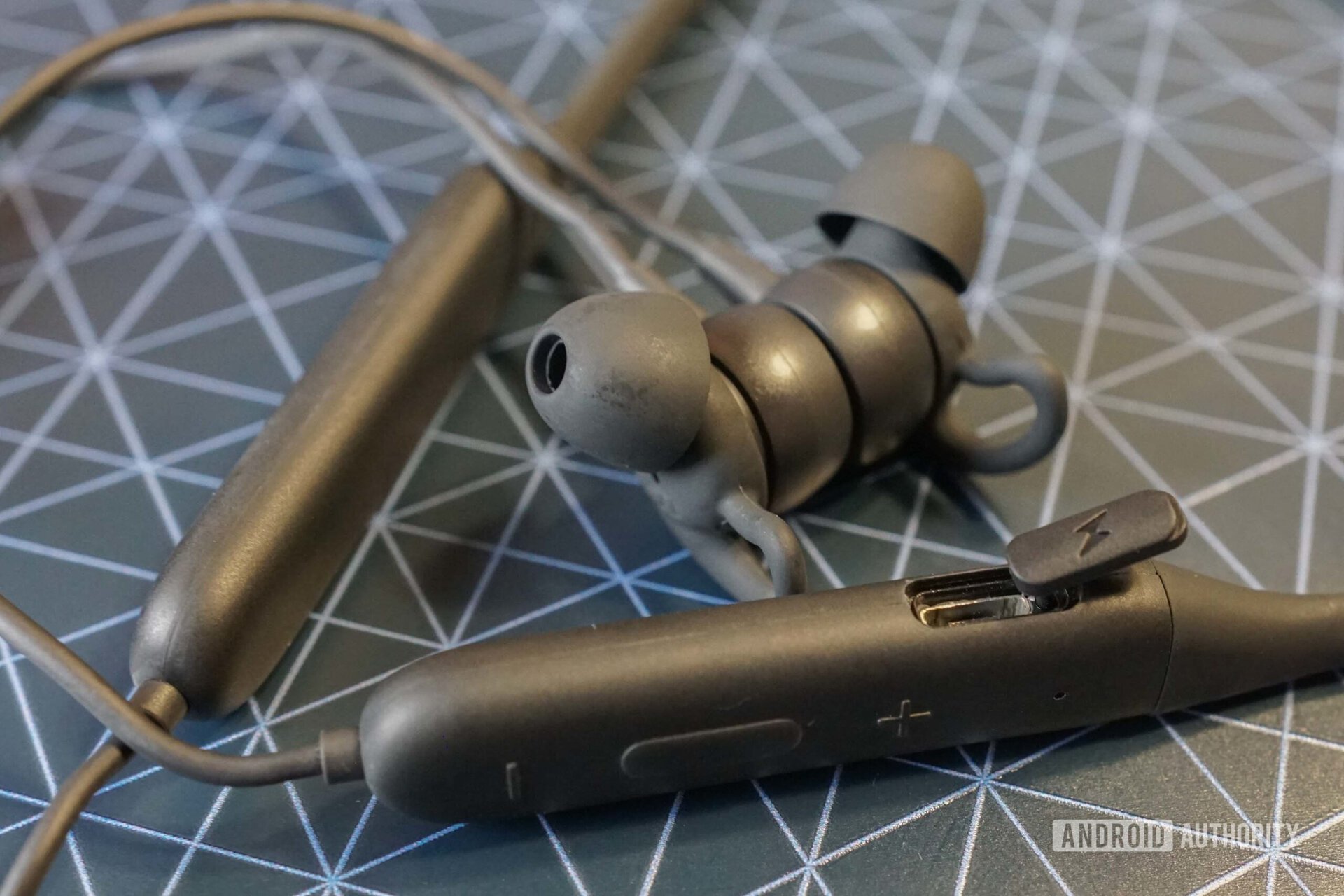
If you’re willing to spend even more — 499 yuan (~$72) — you can grab the Meizu EP63NC headphones. The EP63NC offers the same IPX5 certification, but doesn’t require a charging case as it stores power throughout the neckband for up to 11 hours of use. They offer slightly superior sound quality, although I thought the noise cancellation was a bit weak overall.
Specifications
| Meizu 16s (M1971) | |
|---|---|
Display | 6.2-inch AMOLED display 18.6:9 ratio 2,232 x 1,080 resolution 2.5D glass |
Processor | Qualcomm Snapdragon 855 |
RAM | 6GB / 8GB LPDDR4X |
Storage | 128GB / 256GB UFS 2.1 Non-expandable (256GB exclusive to China) |
Battery | 3,600mAh 24W mCharge fast charging No wireless charging |
Cameras | Rear: 48 MP Sony IMX586 main sensor, ƒ/1.7 aperture, OIS 20 MP Sony IMX350 secondary sensor, ƒ/2.6 aperture Front: 20MP sensor, ƒ/2.2 aperture |
Headphone jack | No |
Security | Super mTouch Optical In-Screen Fingerprint Sensor (Goodix) |
Software | Flyme 7.3, based on Android 9 Pie |
Carrier frequencies (global version) | GSM: Bands 2, 3, 5, 8 WCDMA: Bands 1, 2, 4, 5, 8 CDMA: Band C0 TD-LTE: Band 40 FDD-LTE: Bands 1, 2, 3, 4, 5, 7, 8, 20 |
Dimensions and weight | 151.9 x 73.4 x 7.6 mm 165g |
Colors | Carbon Black Pearl White Phantom Blue |
Value for money
- 6GB RAM and 128GB storage: 3,198 yuan (~$462)
- 8GB RAM and 128GB storage: 3,498 yuan (~$506)
- 8GB RAM and 256GB storage: 3,998 yuan (~$578)
At the time of writing, Meizu had not provided global pricing and availability details. If the global models of the Meizu 16s are priced similarly to their Chinese counterparts, we can expect them to be fairly competitive.
Respectably, Meizu has avoided heading up an upward price trajectory like some competitors such as OnePlus have done. Despite this, they’ve managed to deliver some excellent hardware that rivals much more expensive smartphones like the Samsung Galaxy S10 in certain areas.
The value offered by the Meizu 16s is strikingly similar to that offered by the Xiaomi Mi 9. It falls a bit short in software but has marginally better hardware. Time will tell if Meizu is able to undercut Xiaomi with their global pricing with this model.

Meizu 16s review: The verdict
My experience with the Meizu 16s left me feeling more confused than anything else. It seems like Meizu developed the 16s while neglecting its global users. The full-screen display, high-end specs, and good cameras make me think the 16s is for tech enthusiasts. But then I am reminded of the bleak global software situation. Even for the hardcore Meizu fans out there, the 16s is a tough sell considering Meizu’s next smartphone likely isn’t too far off.
My experience with the Meizu 16s left me feeling more confused than anything else
Overall, the Meizu 16s has the potential to be a great choice if Meizu addresses the software situation head-on. But with strong competitors that have their collective software game on-point, the 16s is a tough sell.
Should the Meizu 16s still be taken seriously? Let us know in the comment section below!
Thanks for reading Android Authority‘s Meizu 16s review.